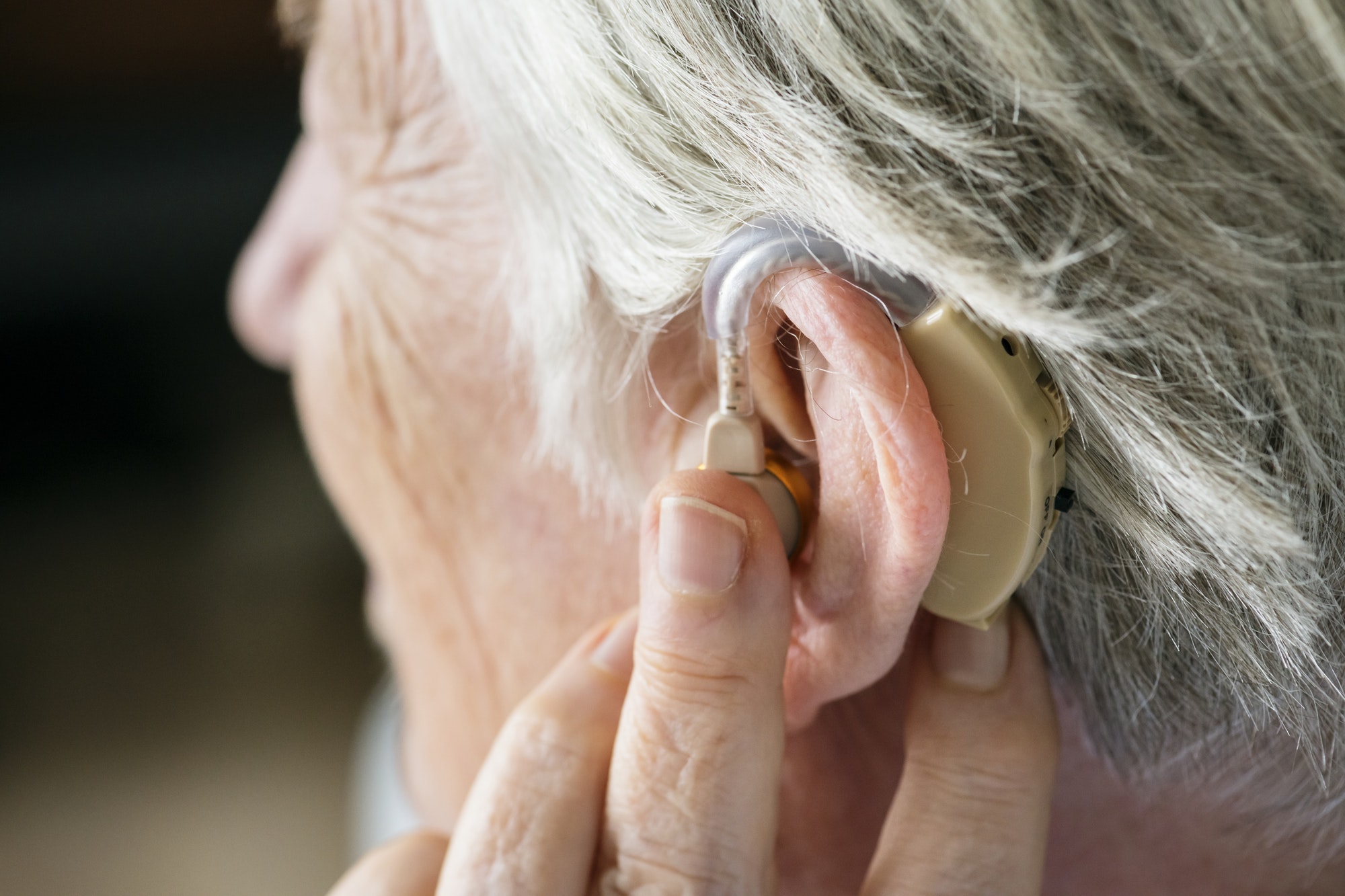Hearing aids can make a radical difference in the quality of life for those who experience hearing loss, and that’s a big group. Almost 30 million adults in the US would benefit from such devices, according to the National Institutes of Health.
The same research also shows that less than 20% of those affected use hearing aids, and many patients quickly abandon them because they’re uncomfortable wearing them or dissatisfied with the results.
The stumbling block is often the break-in period when patients are adjusting to using their new hearing aids. If you’re experiencing hearing loss, try these suggestions to help you adapt so you can boost your confidence and participate more fully in life.
Steps to Take on Your Own:
Start gradually. Try wearing your hearing aid for just a few hours a day at first, and keep increasing the time until you’re eventually wearing it for all your waking hours. It also helps to begin in a quiet place like your home.
Prepare for background noise. Quiet places are preferable because your hearing has probably been declining for years and you may be overwhelmed by unfamiliar sounds. Phones ringing and appliances humming will seem very loud until your brain learns to screen out such things.
Coordinate the input. Watching others while they talk or using captions for watching TV can help retrain your brain. The visual cues will make the sounds easier to process.
Turn down the TV. Ask a family member or friend to reset your TV to a normal volume. It will give you a sense of where to set the volume on your hearing aid too.
Practice with loved ones. Familiar voices are easier to understand. Rediscover the joy of feeling comfortable conversing with others.
Collect audiobooks. Professional voices are also good to practice with. Listen to books on tape or watch the broadcasters on TV news shows.
Be patient. There’s a wide range of individual differences, so it might take a single week or 6 months to adapt to your hearing aid. Either way, remember the lifelong benefits of being able to hear your grandchildren or your favorite music again.
Steps to Take with Your Hearing Team:
Schedule follow-up visits. You’ll probably need to make several appointments with your audiologist to have your hearing aid fitted properly. Let them know any questions or concerns you have.
Clarify your expectations. Keep in mind that hearing aids enhance your hearing but they cannot duplicate what your ears used to do naturally.
Adjust the volume. Most hearing aids automatically adjust to different situations like going from a quiet restaurant to a noisy street. Ask your audiologist to help you find a comfortable setting.
Keep a diary. Create a daily journal to record any issues you’re having. Sharing it with your hearing care team will help you monitor your progress and pinpoint areas where you need assistance.
Learn proper maintenance. Keep your device in good working order by following the instructions on how to care for it. For example, you may need a dehumidifier to keep it dry and safely stored overnight.
Try again. Even if you were dissatisfied with a hearing aid in the past, you may be pleasantly surprised if you give them a second chance. Thanks to technological advances, there may now be a hearing solution that would work out well for you.
Keep your hearing aid out of the junk drawer and on your head by knowing how to navigate through the initial transition period. Regaining your hearing is worth it. You’ll feel more connected with your loved ones and the world around you, and discover the sounds that you’ve been missing.







